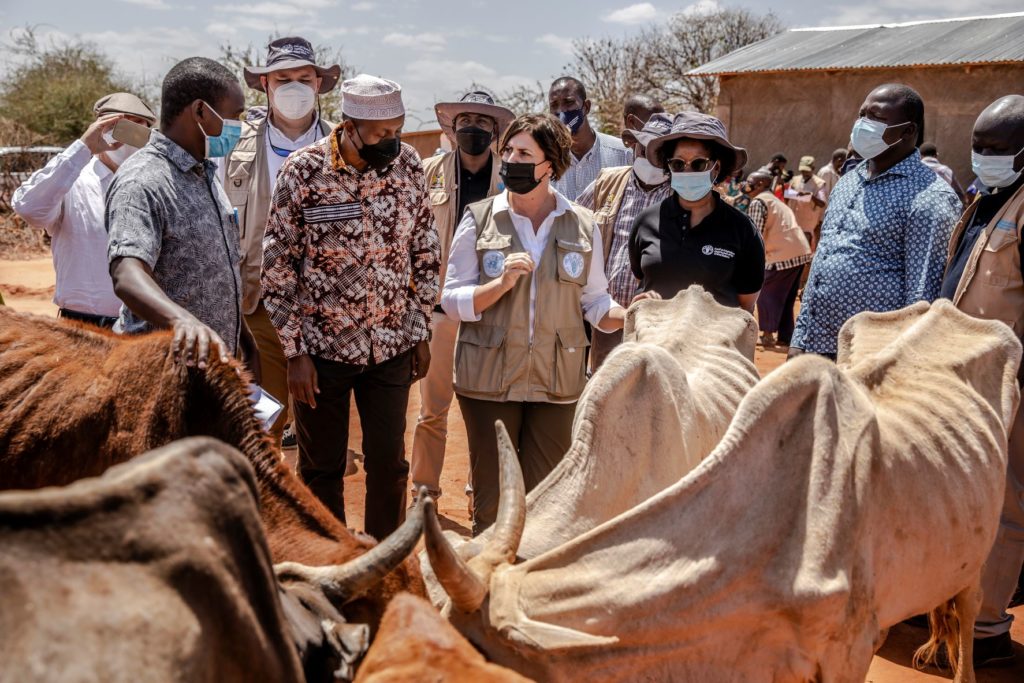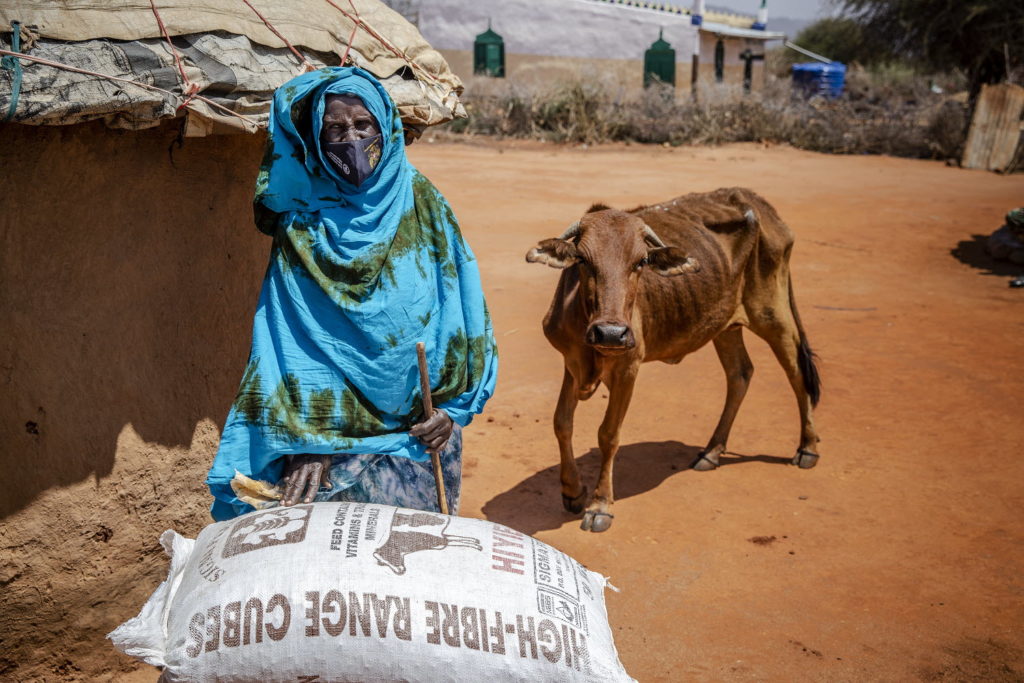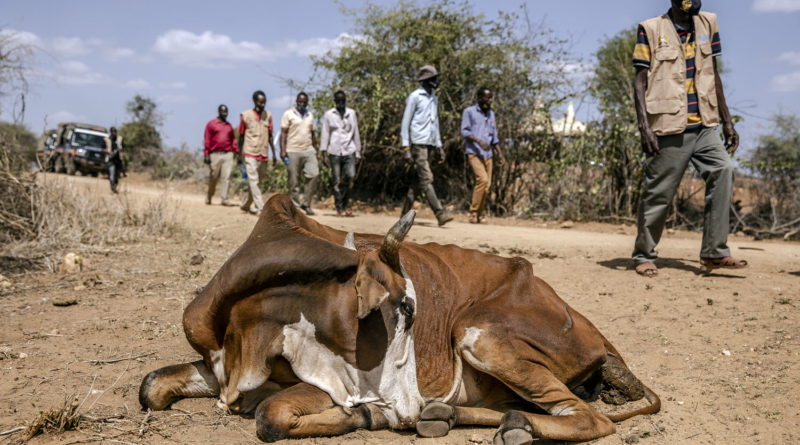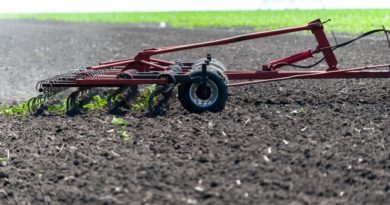FAO Warning: Millions Face Starvation as La Niña-Induced Drought Worsens in the Horn of Africa
Main Photo: 08 February 2022: Isiolo, Kenya – A cow shows signs of succumbing to the effects of extreme and extended drought. ©FAO/Luis Tato.
The Horn of Africa is facing the third severe La Niña-induced drought episode in a decade, and the region is on the verge of a catastrophe if humanitarian assistance is not urgently scaled up. Drought is exacerbating the humanitarian situation in a region characterized by underlying vulnerabilities and already suffering from the impact of multiple shocks since late 2019. These include a desert locust upsurge (the first in 70 years), the coronavirus disease 2019 (COVID-19) pandemic and its socioeconomic implications, abnormally high food prices, and protracted conflict and insecurity.

©FAO/Luis Tato
Drought is among the most devastating of natural hazards – crippling food production, depleting pastures, disrupting markets and, at its most extreme, causing widespread human and animal deaths. Droughts can also lead to increased migration from rural to urban areas, placing additional pressures on declining food production. Herders are often forced to seek alternative sources of food and water for their animals, which can create conflict between communities, competing for the scarcely available resources.
In 2011, the drought considered to be “the worst in 60 years” at that time, combined with serious access issues, pushed Somalia into famine. Up to 260 000 people – half of them children – died, and the drought caused massive displacement across the region. The response was deemed to be too little too late... Share on X
Between 2016 and 2019, the region faced six out of seven below-average rainy seasons. The worst was avoided thanks to anticipatory action, including the use of crisis modifier modalities, rapidly mobilized additional resources in 2016 and sustained large-scale humanitarian assistance throughout the period of concern.
Since October 2020, the region has entered into a new episode of worsening conditions, for the third consecutive season. The increasing number of people facing high acute food insecurity (Integrated Food Security Phase Classification [IPC] Phase 3 or above) in the Intergovernmental Authority on Development (IGAD) region does not mean that the resilience agenda is failing. In fact, without the investments to build more resilient societies and systems over the past ten years, the region would undoubtedly have been in a more critical situation. But the recurrence of conflicts, combined with shocks of unprecedented magnitude, is a challenge that rural communities, in particular, cannot overcome alone.

Livelihood support is disproportionally underfunded in humanitarian responses in the IGAD region, including in drought contexts, although more than 80 percent of the damage and loss caused by drought directly impacts agriculture.
The Food and Agriculture Organization of the United Nations (FAO) rapid response and mitigation plan for the Horn of Africa is based on seasonality and drought epicentres. The plan describes the set of activities that should be prioritized from the 2022 Humanitarian Response Plans (HRPs) for Ethiopia and Somalia, as well as those included in the Kenya Drought Flash Appeal, in order to save the livelihoods and therefore the lives of 1.93 million rural people across the three countries. The timeframe for the plan is January to June 2022 (six months).
Out of the USD 138.3 million requested by FAO in the sub region through appeals led by the Office for the Coordination of Humanitarian Affairs (OCHA), USD 129.9 million is urgently needed to provide critical assistance to rural populations, prevent the further worsening of hunger and malnutrition, safeguard livelihoods, as well as prevent displacement and further increases in humanitarian needs in 2022.



